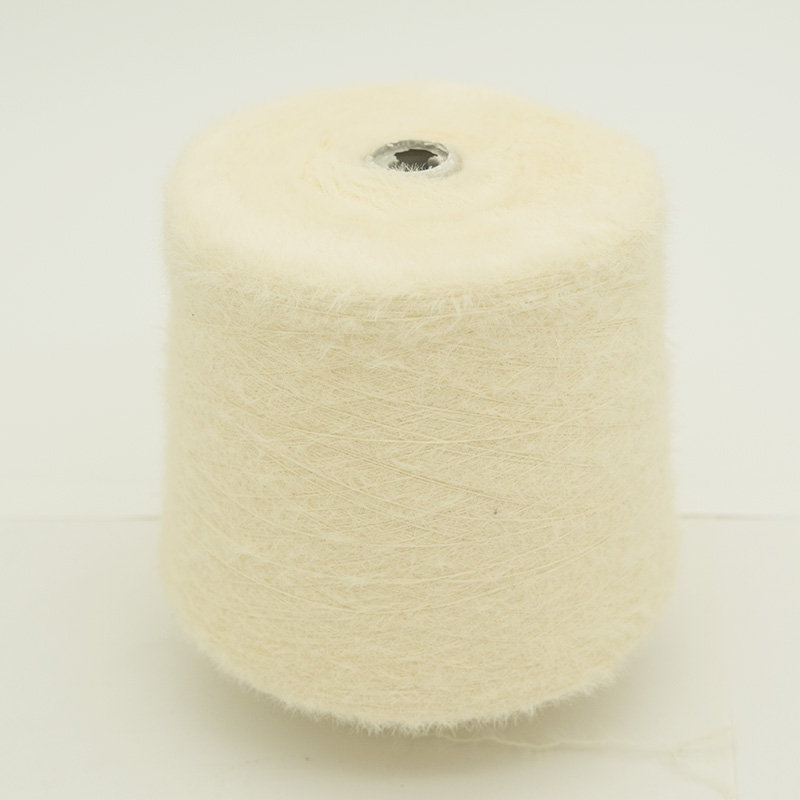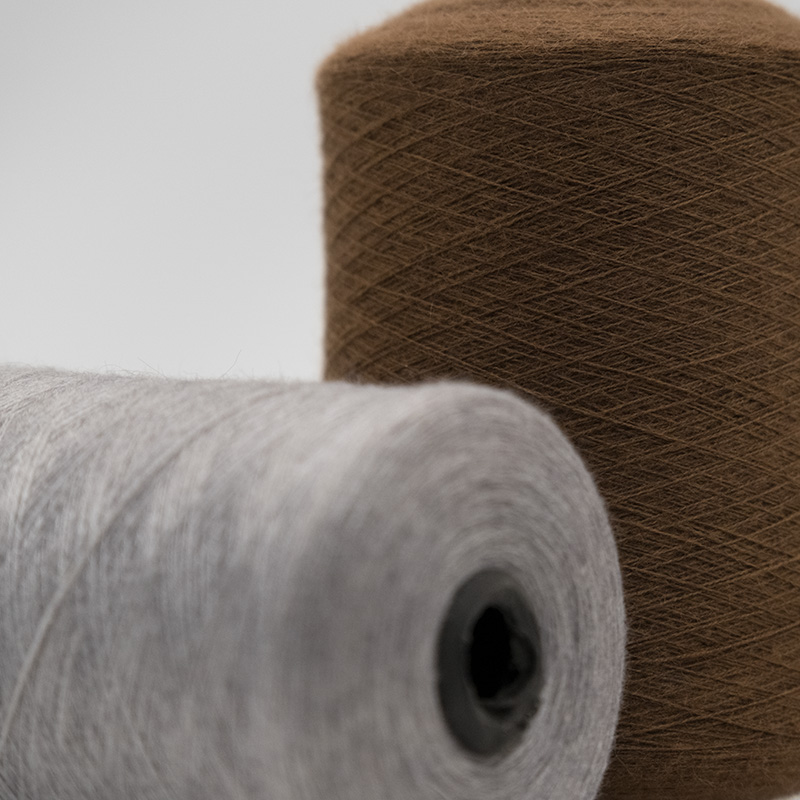What are the best practices for incorporating fancy yarns into knitting or weaving projects?
2024-08-05
Incorporating fancy yarns into knitting or weaving projects requires a thoughtful approach to harness their unique aesthetic and textural qualities effectively. Fancy yarns, distinguished by their decorative appearance and varied textures, offer a multitude of creative possibilities across different textile applications. Understanding the best practices for integrating these yarns ensures that designers and artisans can maximize their impact in creating visually appealing and distinctive fabrications.
One of the key considerations when working with fancy yarns is understanding their composition and structure. Typically, a fancy yarn consists of three main components: the core yarn, decorative yarn, and sometimes a fixing yarn. The core yarn provides the foundational strength and structure, around which the decorative yarn is twisted or wrapped to create the desired effect. This decorative yarn often introduces varying textures, colors, and patterns, enriching the fabric's visual appeal. It's essential to select a core yarn that aligns with the desired fabric weight and durability, ensuring the overall integrity of the final textile product.
In practical terms, the incorporation of fancy yarns in knitting projects often involves adjusting knitting techniques to accommodate their unique characteristics. For instance, when using fancy yarns with irregular textures or thick-and-thin variations, opting for simple stitch patterns like stockinette or garter stitch can help showcase the yarn's inherent beauty without overwhelming the design. Conversely, more complex stitch patterns or techniques like lace knitting can highlight the yarn's decorative elements, creating intricate and eye-catching textures.

In weaving, the integration of fancy yarns requires attention to loom settings and weaving techniques. Fancy yarns can be used as weft or warp yarns, depending on the desired effect. Using them as weft yarns allows for greater visibility of their decorative features, while incorporating them as warp yarns can produce a subtle yet impactful surface texture. Adjusting the tension and density of the weave can further enhance the appearance of fancy yarns, ensuring that their decorative elements are prominently displayed.
The advantages of using fancy yarns in knitting and weaving extend beyond aesthetic appeal. These yarns enable designers to differentiate their products in a competitive market, offering unique textures and visual interest that standard yarns may not achieve. By incorporating fancy yarns, manufacturers and artisans can create high-value textiles such as fashion garments, home decor items like curtains or bedspreads, and accessories like scarves or hats that resonate with consumers seeking distinctive and stylish products.
Ultimately, mastering the best practices for incorporating fancy yarns involves experimentation and a deep understanding of their properties. Whether enhancing the texture of a hand-knit sweater or adding depth to a woven upholstery fabric, fancy yarns offer endless creative possibilities for textile enthusiasts and professionals alike. By leveraging their decorative potential and understanding their technical nuances, designers can elevate their creations, delighting customers with products that blend craftsmanship with artistic flair.



 English
English русский
русский Español
Español 中文简体
中文简体

















